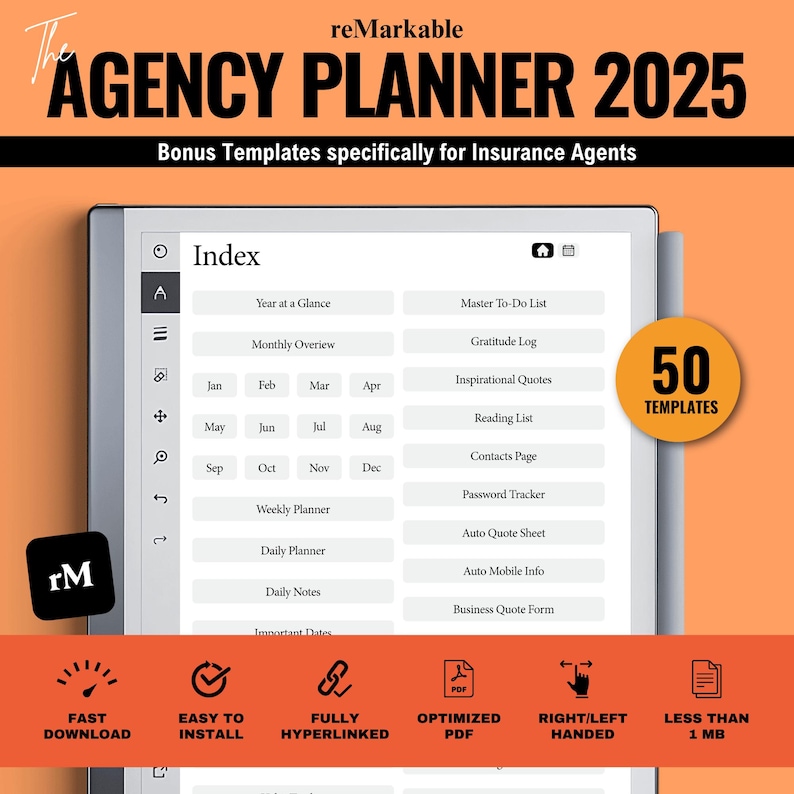Slip-and-fall accidents can happen in the blink of an eye, often leaving both customers and business owners feeling shaken and unsure of what comes next. For businesses, understanding customer injury and slip-and-fall coverage isn’t just about protecting assets—it’s about ensuring safety, trust, and compassion when someone gets hurt on your premises. In this guide, we’ll gently walk you through the essentials of slip-and-fall coverage, helping you navigate the complexities with care and confidence. Whether you’re a small shop owner or managing a larger establishment, knowing how to handle these situations thoughtfully can make all the difference.
Table of Contents
- Understanding the Risks Behind Customer Injuries and Slip-and-Fall Accidents
- Key Components of Slip-and-Fall Insurance Coverage Explained
- How to Effectively Document and Report Slip-and-Fall Incidents
- Practical Steps to Minimize Liability and Protect Your Business
- Closing Remarks
Understanding the Risks Behind Customer Injuries and Slip-and-Fall Accidents
Customer injuries, particularly those resulting from slip-and-fall accidents, present a significant challenge for businesses. These incidents can occur due to a variety of seemingly minor factors — wet floors, uneven surfaces, poor lighting, or cluttered walkways are common culprits. What makes these risks especially concerning is that they often happen unexpectedly, leaving businesses vulnerable to liability claims. Beyond the immediate physical harm to customers, such incidents can damage a company’s reputation and lead to costly legal battles if proper preventive measures aren’t in place.
To protect both customers and businesses, it’s critical to understand not only the common causes but also the broader implications of these accidents. Slips and falls often involve complex legal considerations such as premises liability and negligence, which vary by jurisdiction. Businesses must stay vigilant by implementing effective safety protocols, maintaining regular inspections, and documenting all preventative efforts. Key points to keep in mind include:
- Regular hazard assessments to identify and remedy potential risks promptly.
- Employee training focused on maintaining clean, safe environments.
- Clear signage to warn about temporary hazards like wet floors.
- Prompt and thorough incident reporting to streamline claims and liability management.
Recognizing these risks and proactively addressing them can help minimize injuries, ensuring a safer experience for everyone while safeguarding your business’s future.
Key Components of Slip-and-Fall Insurance Coverage Explained
When it comes to slip-and-fall insurance, understanding the core elements is essential for both business owners and customers alike. At its heart, this coverage protects against injuries sustained due to unexpected hazards on a property, like wet floors or uneven surfaces. The insurance isn’t just about medical expenses—it also encompasses legal fees if a claim arises, and any settlements or judgments awarded. Most policies will typically cover:
- Medical bills related to the injury
- Compensation for lost wages if the injured party cannot work
- Legal defense costs in the event of a lawsuit
- Property damage that might occur alongside the injury
It’s also crucial to know that these policies often include specific exclusions and conditions, such as the state of the property maintenance and whether adequate warning signs were present. Because slip-and-fall claims can be complex and emotionally charged, having clear documentation and prompt reporting procedures can make a significant difference in claim outcomes. Staying informed about these components ensures better protection and peace of mind for both the insured and injured individuals.
How to Effectively Document and Report Slip-and-Fall Incidents
When a slip-and-fall incident occurs on your premises, immediate and accurate documentation is crucial. Begin by securing the scene to prevent further accidents and preserve evidence. Take clear photos from multiple angles to capture the hazard that caused the fall, noting wet floors, uneven surfaces, or obstacles. Collect detailed statements from the injured party and any witnesses to understand exactly how the incident happened. Be sure to record the date, time, and environmental conditions, as these details can strongly influence coverage decisions and liability assessments.
Organizing this information efficiently can make a significant difference in the claims process. Use a standardized incident report form that covers all necessary points such as the victim’s contact and medical information, description of the injury, and any emergency response that was initiated. Store these reports in a secure, easily accessible system, preferably digital, to streamline communication between property managers, insurers, and legal teams. Remember, thorough documentation not only protects your business but also shows a commitment to safety and accountability.
Practical Steps to Minimize Liability and Protect Your Business
Proactive risk management is your first and strongest defense against slips, falls, and other customer injuries. Regularly inspect your premises to identify potential hazards, such as wet floors, uneven surfaces, or inadequate lighting. Implement clear signage for wet areas and maintain high standards of cleanliness. Training your staff to promptly address spills or obstacles and encouraging them to report issues can reduce risks significantly. Additionally, keep thorough records of inspections and corrective actions as evidence of your commitment to safety.
Another critical layer of protection lies in securing comprehensive insurance policies tailored to your business needs. Work closely with your insurance provider to ensure your slip-and-fall coverage limits are adequate and understand what is included and excluded. Combining insurance with strong operational safeguards creates a resilient shield that helps absorb financial shocks and uphold your reputation. Utilize incident reporting systems and encourage customer feedback to catch and respond to potential injuries early, fostering trust and demonstrating your dedication to their wellbeing.
- Conduct routine safety audits and address identified risks swiftly.
- Train employees on injury prevention and hazard communication.
- Maintain proper liability insurance for slip-and-fall incidents.
- Document incidents and responses comprehensively.
- Engage customers to report unsafe conditions immediately.
Closing Remarks
Navigating the complexities of customer injury and slip-and-fall coverage can feel overwhelming, but understanding the basics is an essential step toward protecting both your business and your customers. By staying informed and prepared, you not only safeguard your company from unexpected liabilities but also demonstrate a genuine commitment to safety and care. Remember, accidents can happen to anyone — it’s how you respond and plan that truly makes the difference. Keep this guide close, review your policies regularly, and don’t hesitate to seek expert advice to ensure you’re fully covered when it matters most.





